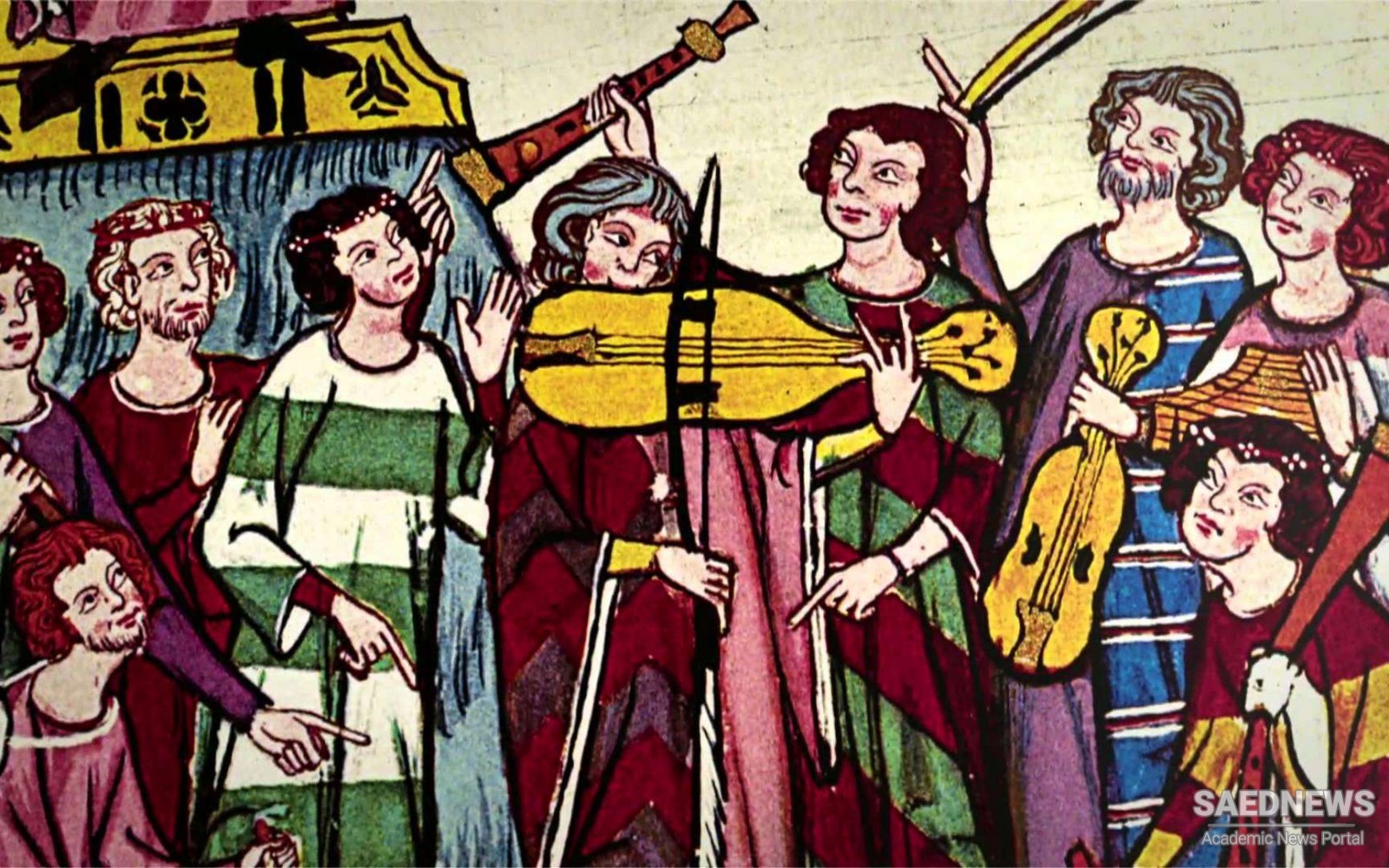The new style of poetry with its music was the font and origin of large repertories of vernacular song that sprang up after 1100. Our St. Martial collection contains some of the earliest Provençal lyrics. There is a Provençal versus in the Sponsus, Oiet virgines, and a Provençal refrain to a Latin versus, Dolentas, chaitivas, trop i avem dormit! (We poor, unfortunate ones have slept too long !) The versus In hoc anni circulo has alternate lines in Provençal. There is another Provençal lyric entitled Tu autem, a Latin liturgical versicle at matins. And there is a versus addressed to the Virgin, O Maria deu maire e fils e paire, sung to the tune of a famous Marian hymn, Ave maris stella. All these probably date from before 1100, from the same decades that saw the rise of the troubadours, composers of secular poems and music at the brilliant courts of Provence. The earliest troubadours were associated with Guillaume of Aquitaine, Count of Poitiers (1071–1127), himself a poet; then Marcabru (active 1129–1148), Jaufré Rudel (active 1130–1147), and especially Bernart de Ventadorn (1145-1195) brought the Provençal lyric, the song of courtly love, to a stage of high refinement. The extant repertory of troubadour songs, extending until 1300, includes over 270 melodies. A discussion of this and other repertories of secular song takes us well past 1150; yet the structural principles remain those of the versus, fully developed by that date. The Provençal pieces cited from the St. Martial collection are only symptomatic of the relationship of the troubadour repertory to the rhyming Latin sacred chant of the 1100s. That chant was the basis of the art of the troubadours, who, like their monastic predecessors, were fascinated by the endless possibilities of strophic structure. The troubadour songs are shot through with melodic reminiscences of their sacred models. Like the versus, troubadour songs are sometimes rendered nowadays in long and short note values in metered rhythms. The original notation contains no hint of any lengths or rhythms, which can be read into the music only by trying to match up long and short notes with stressed and unstressed syllables, roughly according to a kind of rhythm (called modal rhythm) that is first known to operate in polyphonic music after 1150. We will study modal rhythm in its proper place. It suffices here to point out that the only grounds for assuming modal rhythm for the versus or for the troubadours before 1200 is the poetic regularity of the texts, their alternation of stressed and unstressed syllables.


 Romans, Church and Christendom: Praying through Music
Romans, Church and Christendom: Praying through Music














































